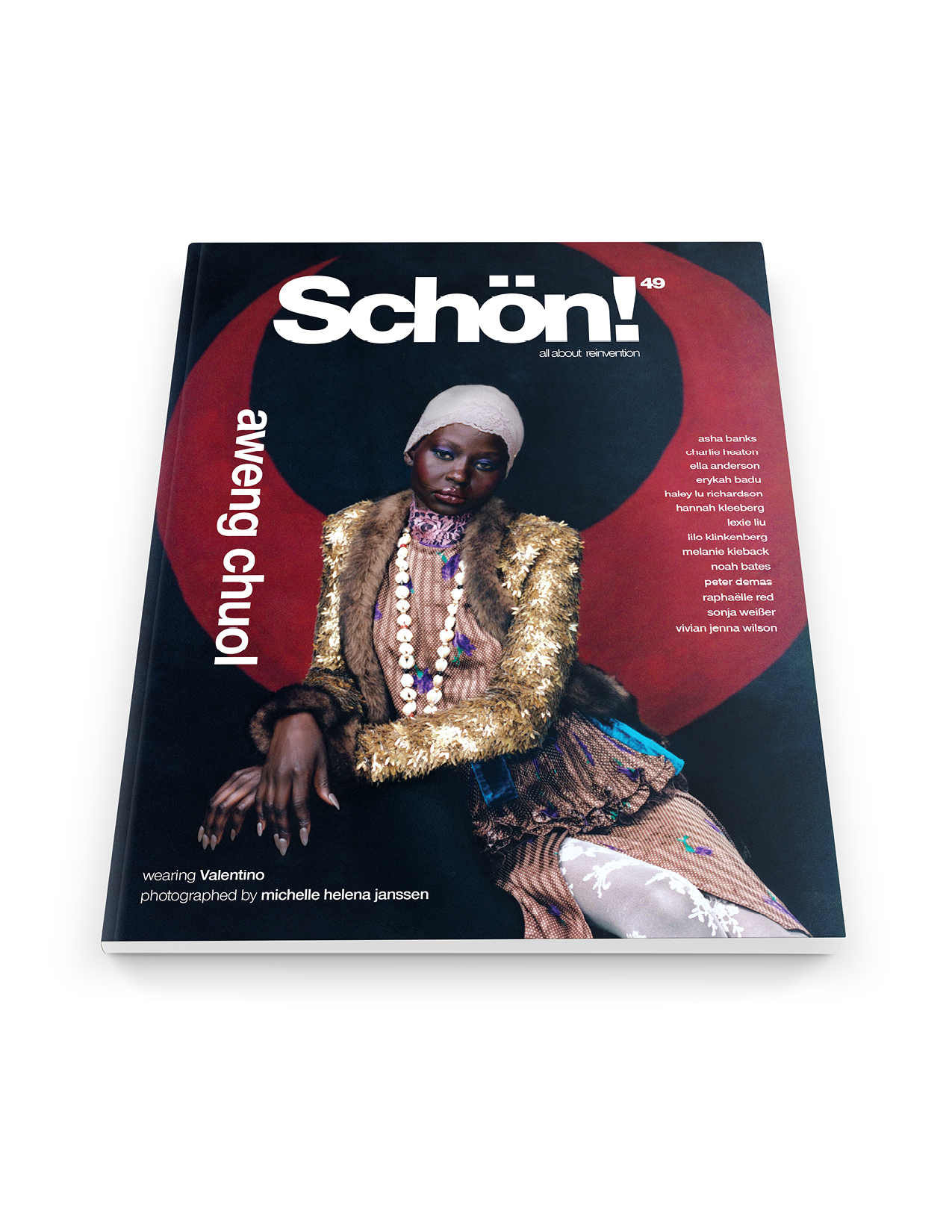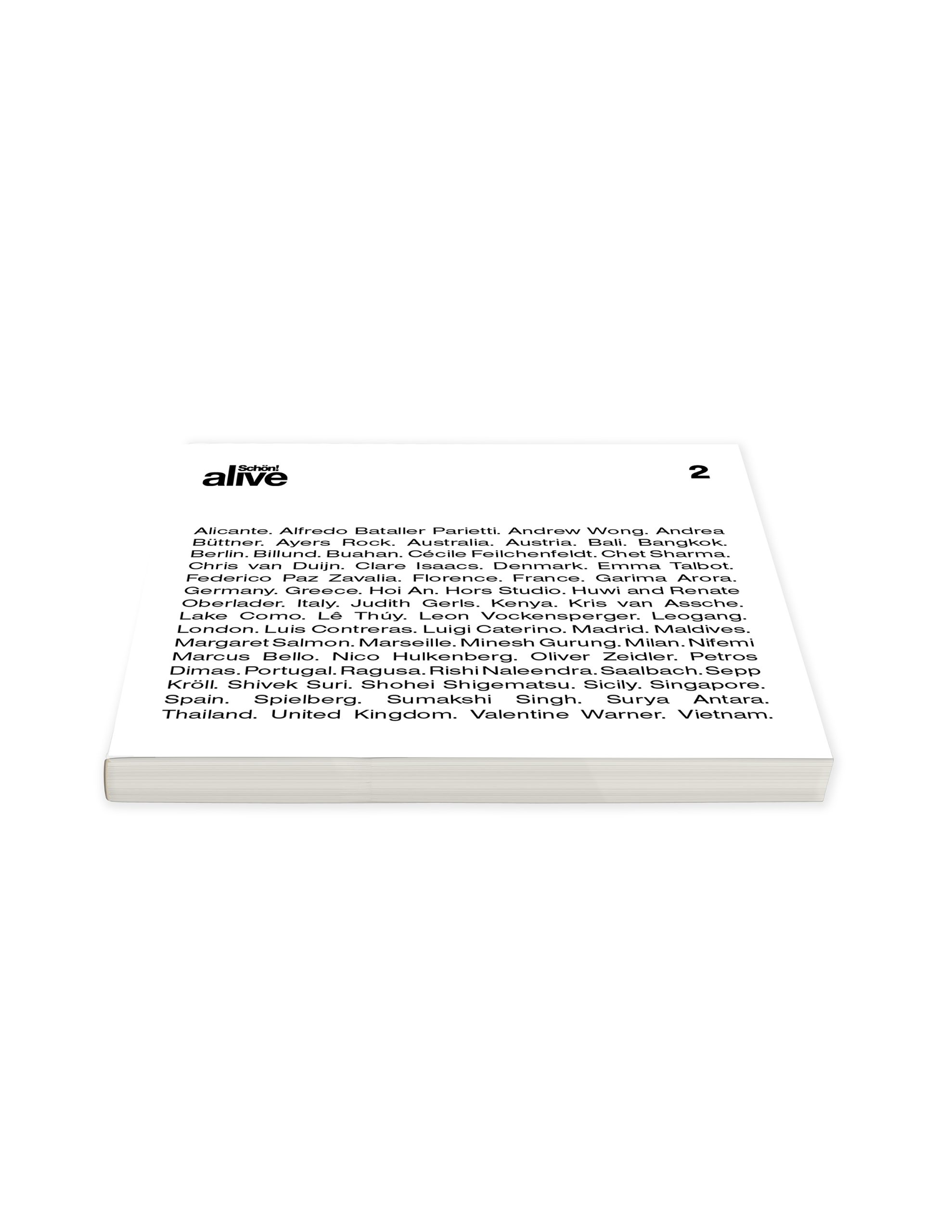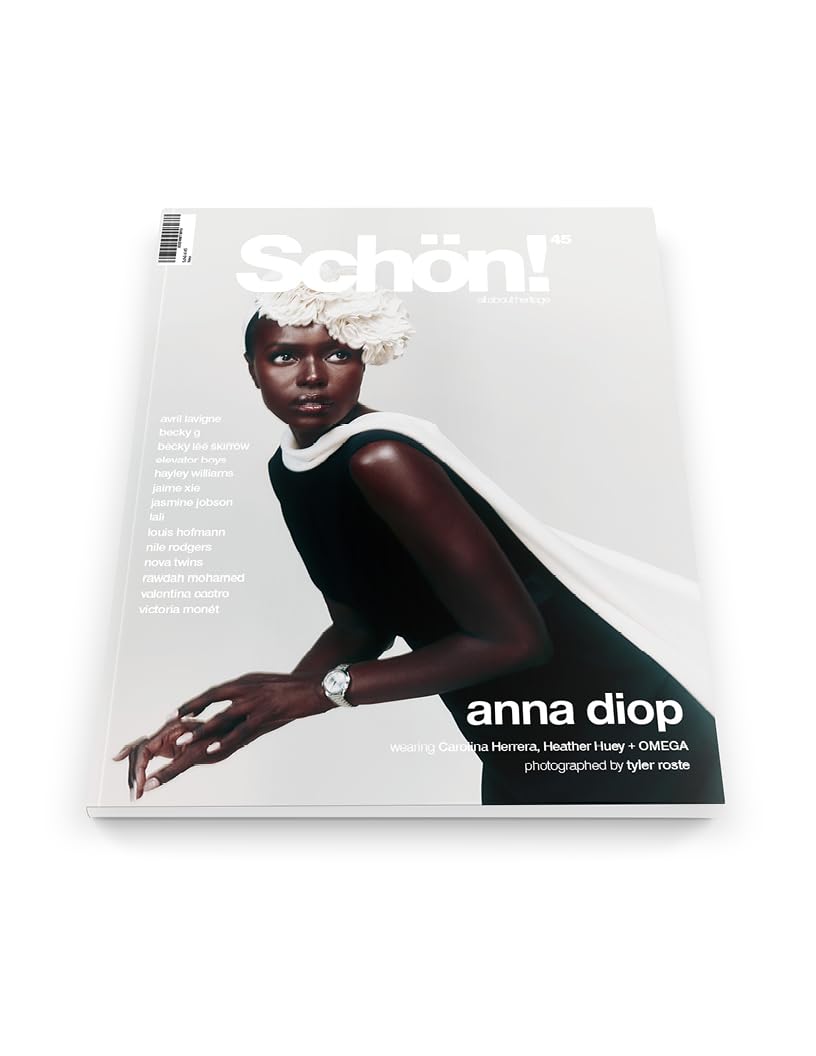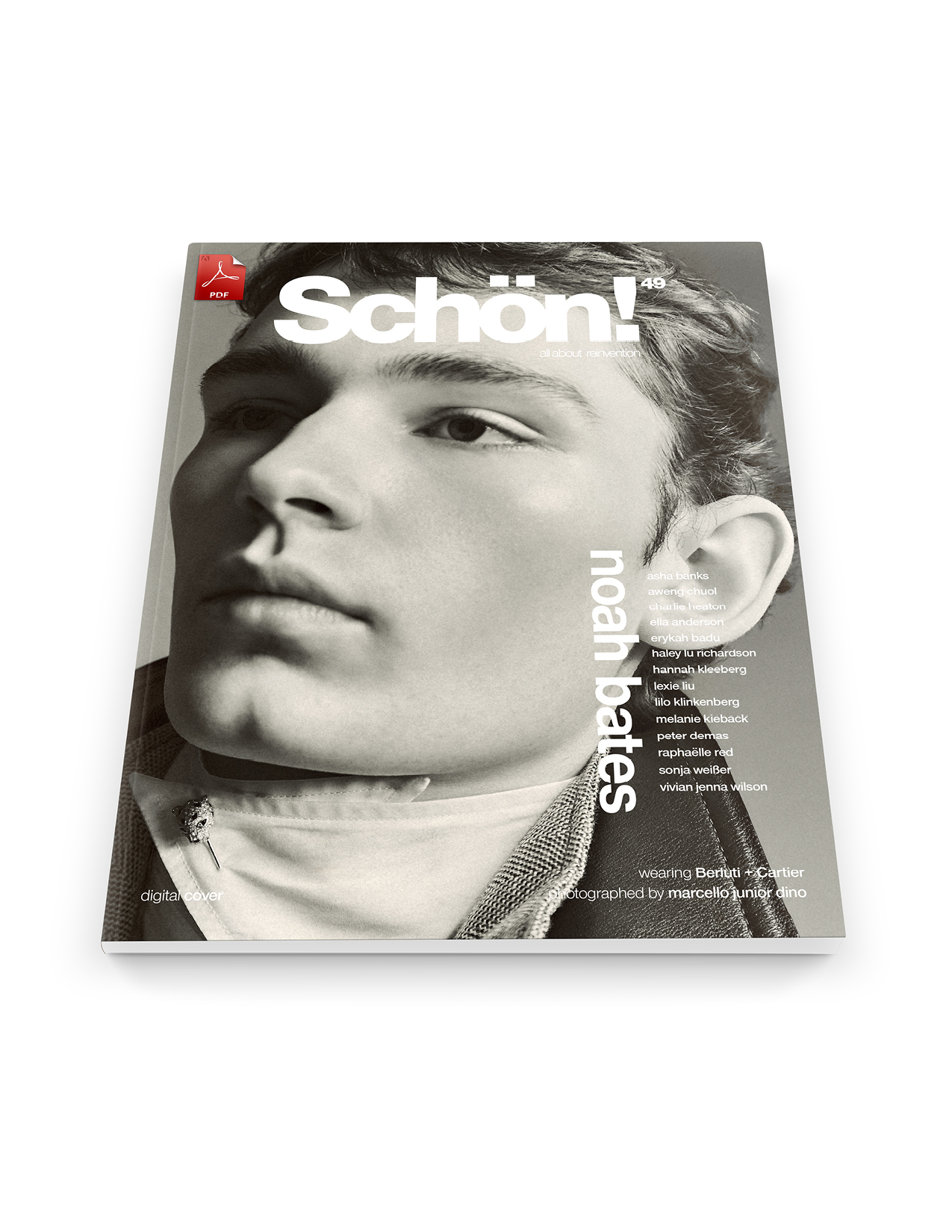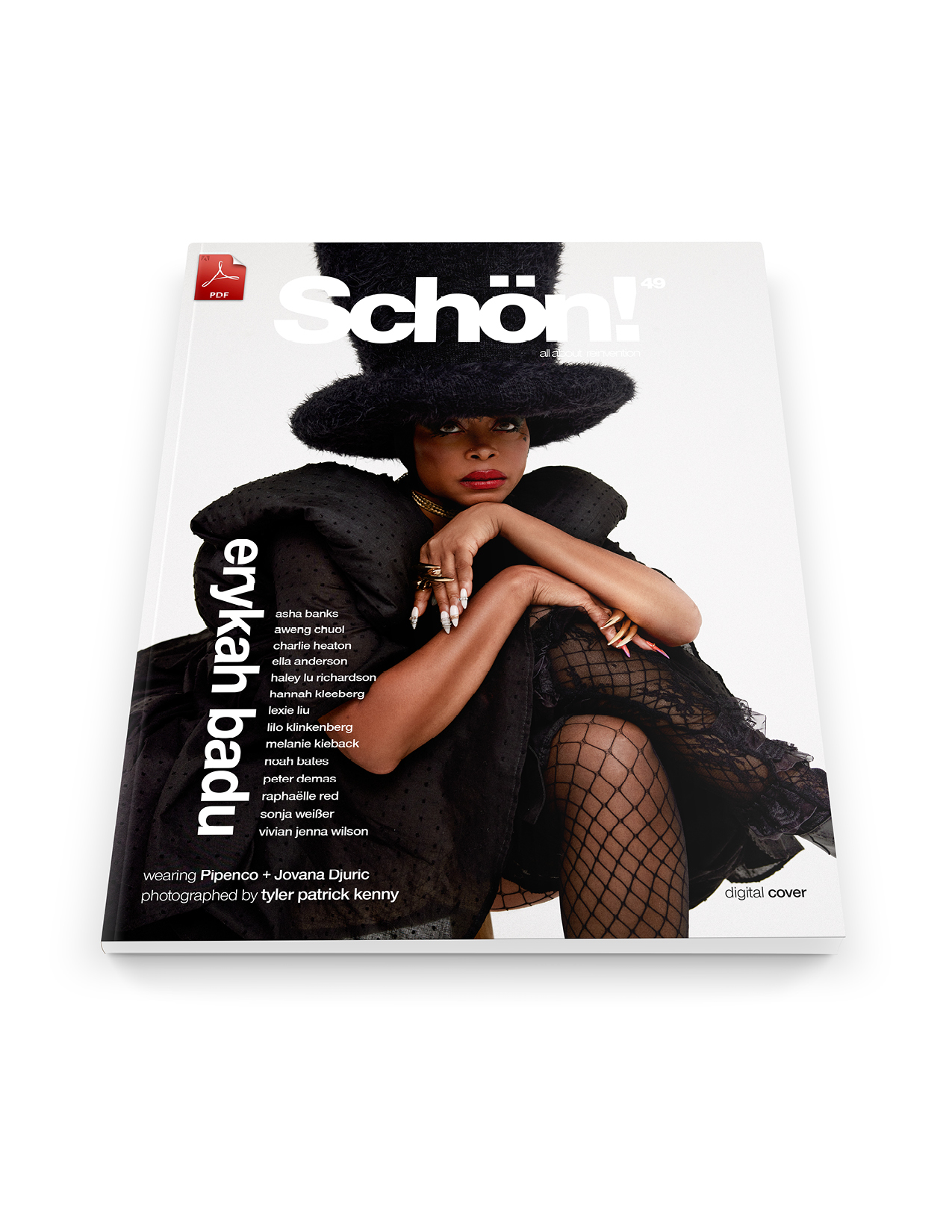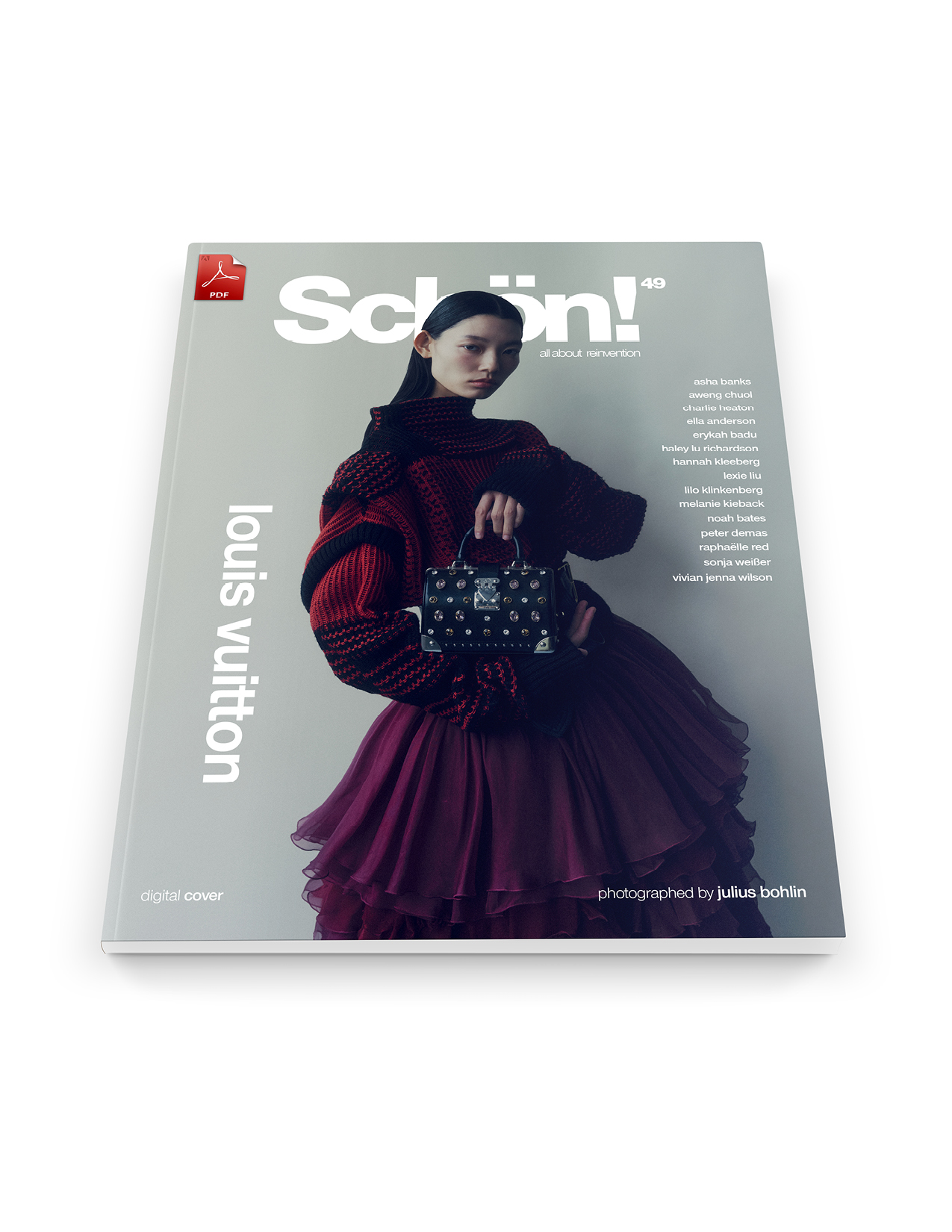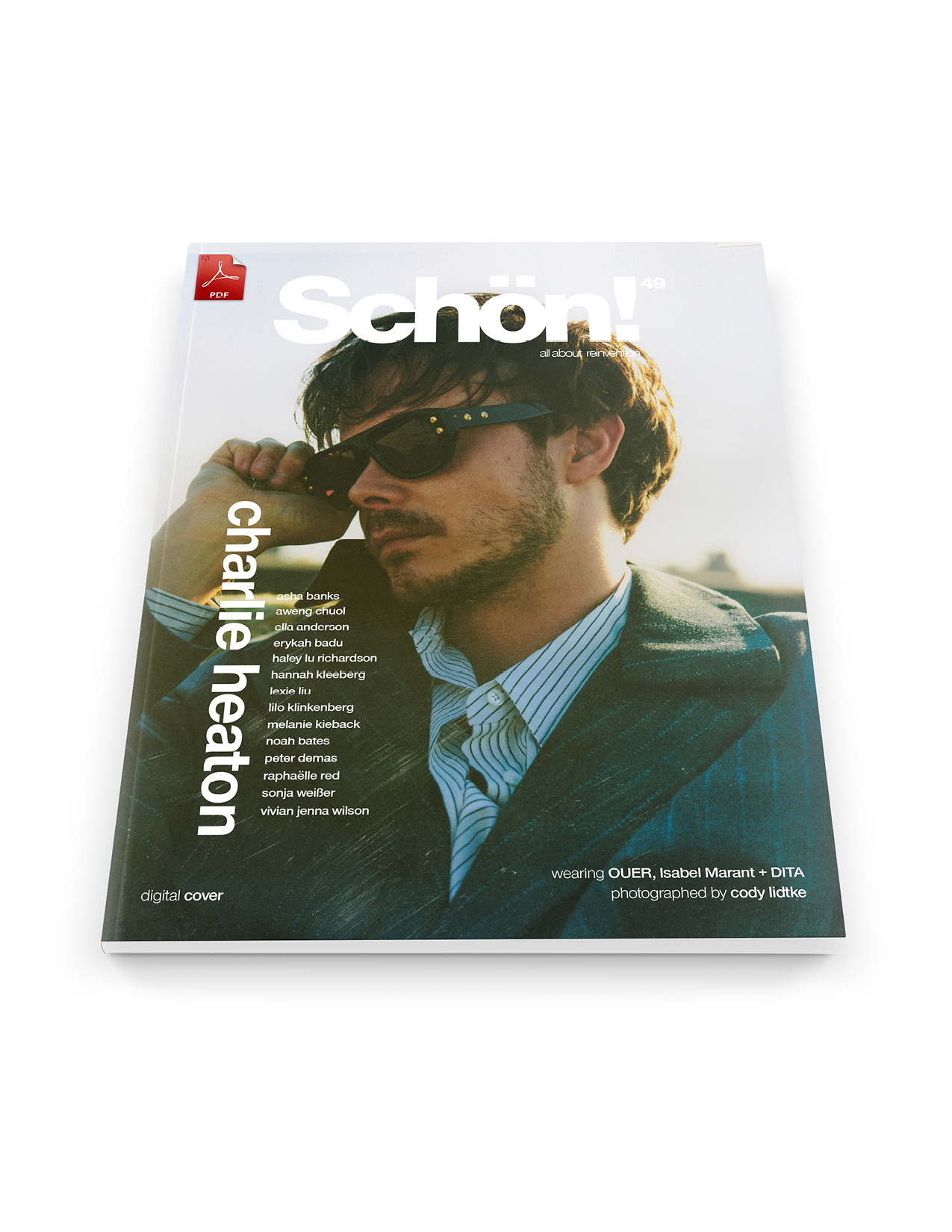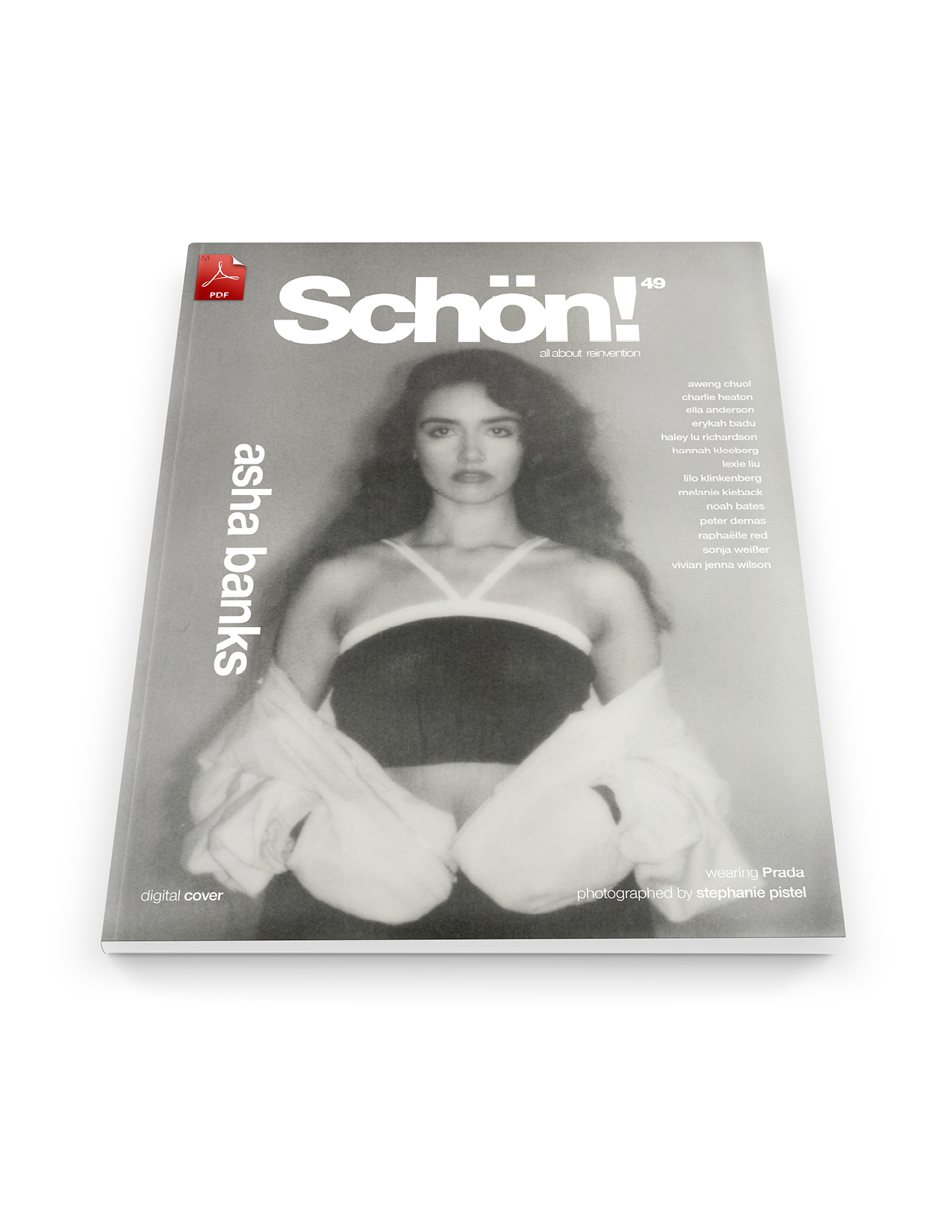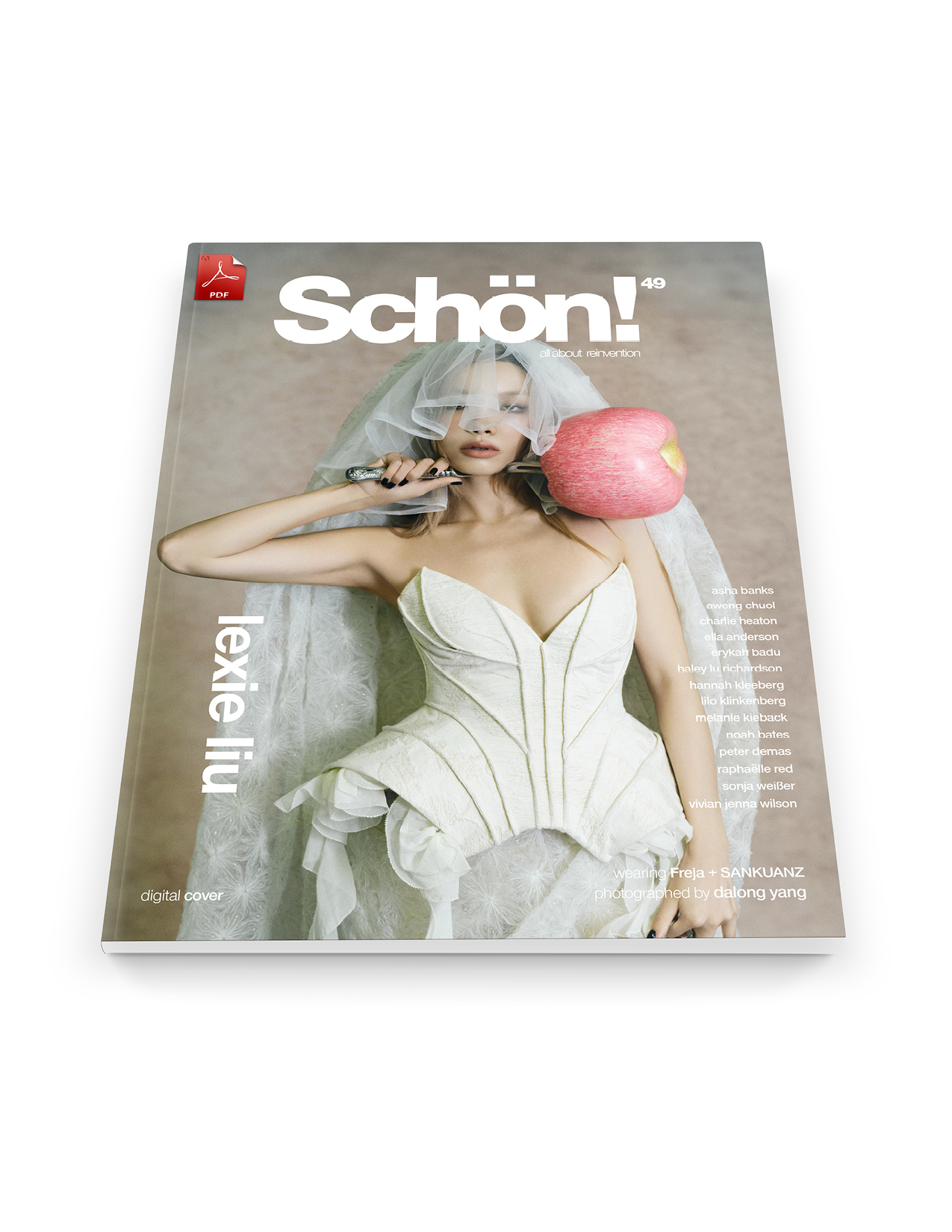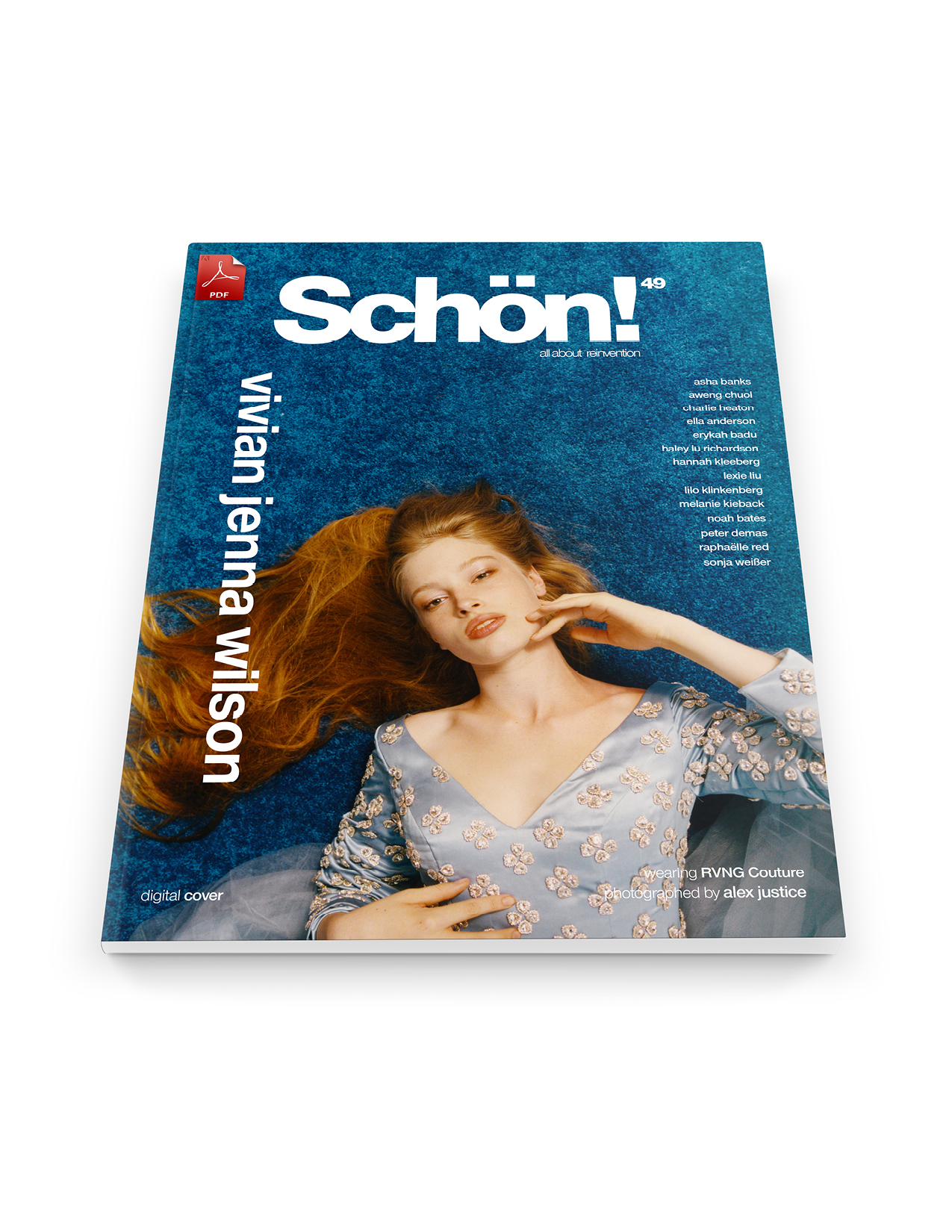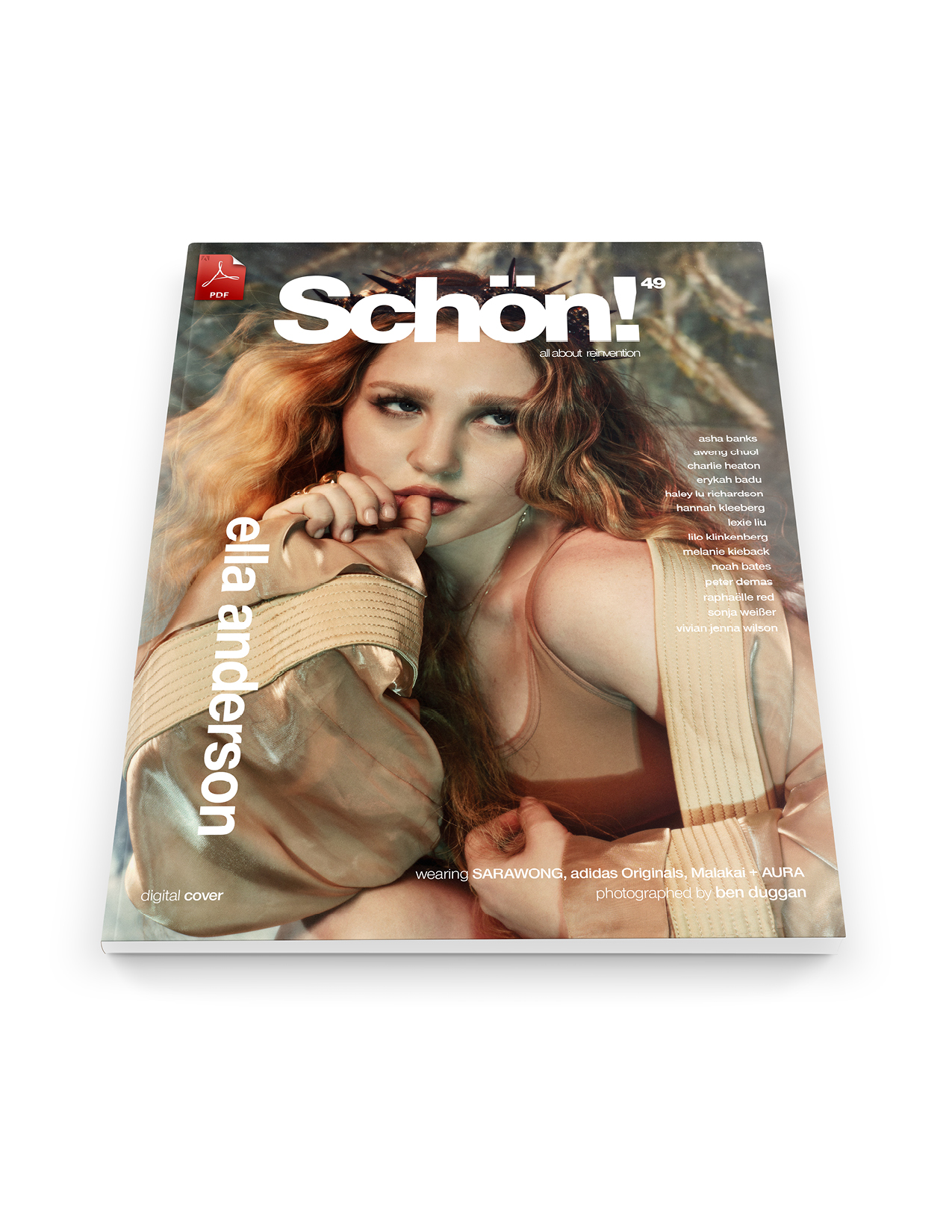Sistine Stallone has been thrown in at the deep end as she makes her debut on the big screen in what promises to be the thriller of the summer. As the 47 Meters Down franchise returns – this time Uncaged – Stallone takes on the role of Nicole, a thrill-seeking teen looking for her next adventure. Unphased by the physicality of the role, Stallone shows her acting prowess as she navigates both her film debut and a claustrophobic labyrinth of underwater caves.
It would appear that audiences just can’t get enough of a classic shark attack film. Following on from the success of the first 47 Meters Down film, which saw sisters Lisa and Kate fight their way from the sea bed in shark-infested waters, the second instalment tells the unfortunate tale of a group of travellers who find themselves in hot water while cave diving. Off the bunch, Stallone plays the fearless Nicole, a role she found particularly close to her heart.
“Nicole is a very adventurous girl who ultimately just wants her friends to have fun,” the actress admits of her on-screen counterpart. “I really see myself in Nicole, so I enjoyed being able to show a little bit of my personality in her.” Alongside fellow newcomers Sophie Nelisse, Corinne Fox and Brianne Tju, Stallone’s character desperately attempts to escape a deadly labyrinth of caves when a trip of a lifetime goes terribly wrong.

dress. Sara Battaglia
shoes. Rodger Vivier
headband. Gladys Tamez Millinery
ring. Misho
opposite
suit. JW Anderson
ring. Misho
Stepping on to any film set for the first time can be daunting, but not many actors’ first experience results in them donning full scuba gear. Yet, Stallone wasn’t afraid of the challenge, preparing for the physical nature of the role beforehand. “I worked out with a trainer a month prior to filming to help build my swimming endurance,” she recalls. “When it came to scuba diving, I wanted to make sure that I was completely comfortable with the equipment before shooting, so I worked with multiple dive instructors in L.A. and the Dominican Republic.”
The challenge of filming underwater was just one element that helped bring the cast closer together. “What bonded us was the difficulty of scuba training, as it was a first for all of us. Being able to go through that process in such a fun and supportive environment made the experience with them even better,” Stallone enthuses. The energy on set was palpable from the beginning as the chemistry between the cast flowed. “I couldn’t say enough wonderful things about my castmates,” Stallone gushes. “On the very first day of filming, we all stuck together like glue, and it remained that way throughout the entirety of filming.”
Joining a franchise always comes with its own challenges, with sequels often facing the greatest level of scrutiny, and while Stallone’s performance boasts confidence and skill, she wasn’t immune to pre-shoot jitters. “I felt more nervous than pressure prior to shooting,” the actress admits. “As this is my first film, I didn’t know what to expect and I wanted to prove to myself that I could handle a big job like this.” Being a fan of the first film definitely helped settle any nerves. “When the first 47 Meters Down was released, I enjoyed the film so much that I had watched it twice in two days,” Stallone gleefully admits before adding, “Once I got the audition for the sequel, it was a no brainer!”
Stallone isn’t alone when it comes to a love of shark thrillers and she knows it. “I think it’s that feeling of realness that attracts people to shark films,” she muses. “You get to experience the allusion of being right there underwater and being chased yourself! For me, 47 Meters Down: Uncaged stands out from other shark attack horrors as you watch the girls develop a strong connection, and ultimately convey a message of ‘girl power.’”
While 47 Meters Down: Uncaged may be Stallone’s acting debut, she’s certainly not new to the industry – her father is, after all, the legendary Sylvester Stallone. But growing up in a household of actors didn’t lead to an instant desire to follow in her parents’ footsteps. “If anything, growing up in an environment where this industry is constantly discussed, I never really felt the desire to pursue it,” Stallone admits. “My parents did a great job of keeping my sisters and me away from the spotlight and making our main focus school, which I am really thankful for.”

yellow blazer. Tibi
black blazer + tights. Salakaia
opposite
dress. Sara Battaglia
headband. Gladys Tamez Millinery
Having such acclaimed actors as parents can take its toll and it’s a topic Stallone isn’t afraid to talk candidly about. “It’s often difficult not to allow other people’s opinions and judgements to affect you. My parents have always taught me to keep my blinders on and focus on my future, no one else should be able to dictate my path.” Ultimately, she is not afraid to tread her own path when it comes to pursuing a career in Hollywood.
While others may be quick to take on any old role, Stallone is keen to get to grips with things on the other side of the camera as she plans to return to university in the autumn and learn more about film production. And, as she continues to flex her acting muscles, Stallone is certainly keeping her head above water.

dress. Sara Battaglia
opposite
yellow blazer. Tibi
black blazer + tights. Salakaia
shoes. Giorgio Armani
“47 Meters Down: Uncaged” premieres in cinemas worldwide today, August 16. Watch the trailer for the film here.
This Schön! online exclusive has been produced by
photography. Meg Young
fashion. Dani Michelle
talent. Sistine Stallone
hair. Marco Minunno
make up. Samuel Rauda
fashion assistant. Georgina Downe
words. Katie Shuff
Schön! Magazine is now available in print at Amazon,
as ebook download + on any mobile device








